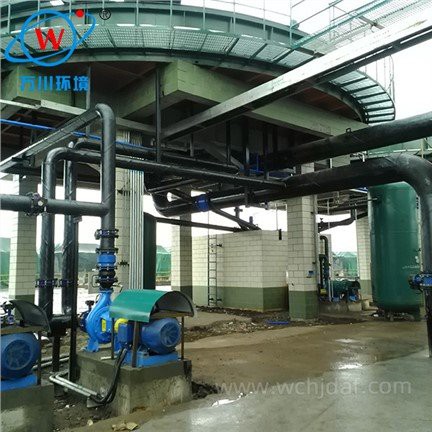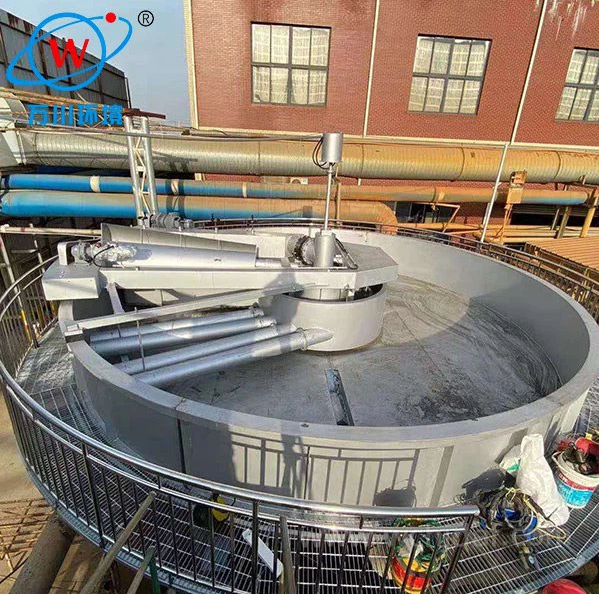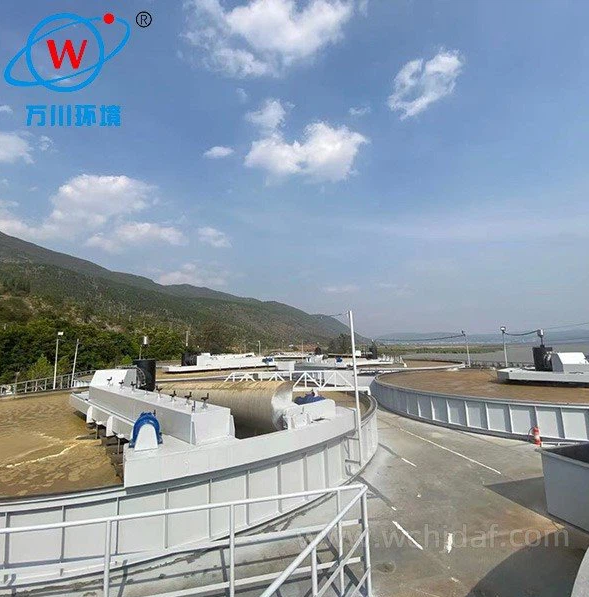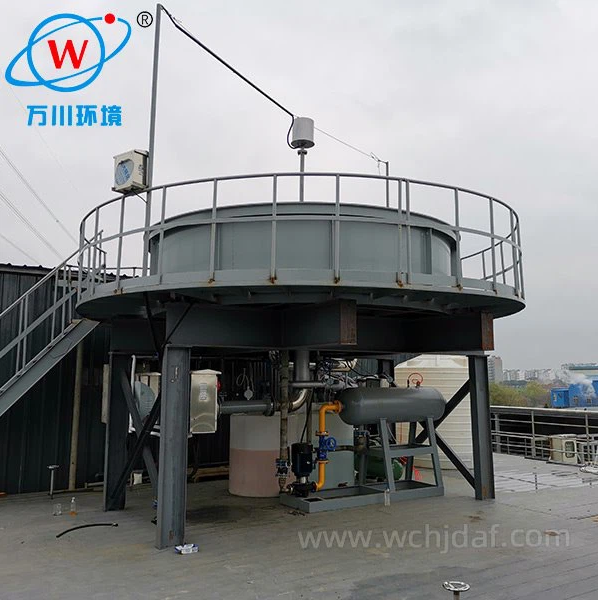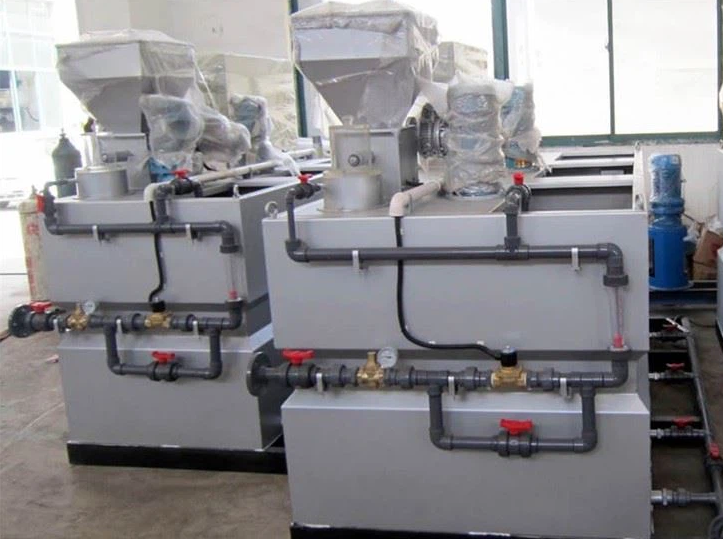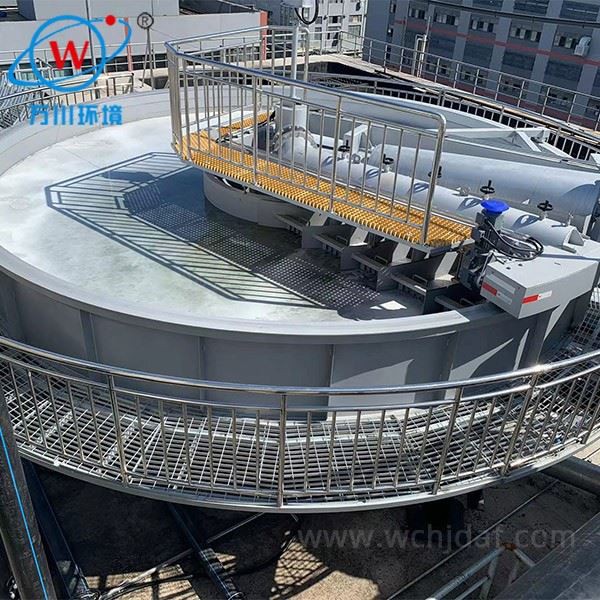DAF System Efficiency Improvement
Strategies to enhance Dissolved Air Flotation treatment performance
Improving the treatment efficiency of the Dissolved Air Flotation (DAF) system requires targeted adjustments to its core operating elements, as well as strategic coordination with supporting processes. By optimizing factors that influence bubble-pollutant interaction, contaminant separation, and system stability, operators can enhance the system's ability to remove pollutants while maintaining consistent performance.
Optimize Bubble Generation
- Adjust air dissolution process for proper pressure and air-to-water ratio
- Produce small, uniformly sized bubbles to maximize surface contact
- Regularly inspect air diffusers and dissolution chambers
- Prevent clogs or wear that could disrupt bubble formation
Enhance Pollutant-Bubble Attachment
- Add appropriate pre-treatment steps for complex contaminants
- Adjust wastewater pH to optimal range for bubble interaction
- Use coagulants or flocculants to aggregate fine pollutants
- Ensure contaminants are in optimal state for bubble interaction
System Maintenance & Upkeep
- Regularly clean DAF tank to remove scum and sludge
- Inspect and maintain scum skimming mechanism
- Check performance of pumps, valves, and control systems
- Fix leaks or malfunctions that could disrupt flow rates
Optimize Operational Parameters
- Adjust hydraulic retention time based on wastewater characteristics
- Modify recycle flow rate to match pollutant concentrations
- Adapt scum removal frequency to current conditions
- Monitor wastewater quality regularly for real-time adjustments
Efficiency Strategy
By integrating these strategies—optimizing bubble quality, coordinating pre-treatment, maintaining components, and adjusting operational parameters—the treatment efficiency of the DAF system can be significantly improved, ensuring more effective pollutant removal and consistent performance across varying wastewater conditions.

